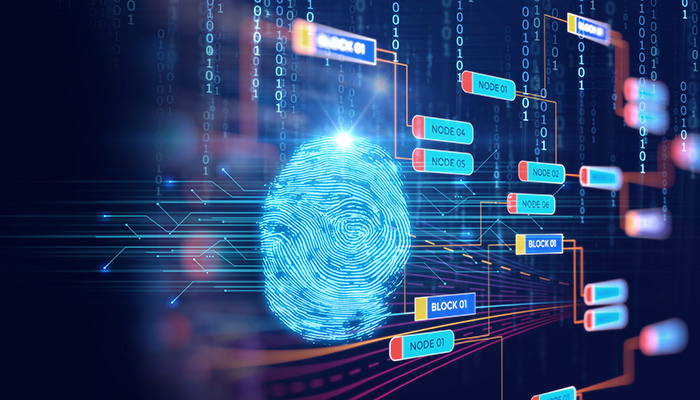Every business today is looking for an edge. The reality of increased competition, tighter margins, and the rapid pace of change means that if you stand still, you often find that you’re going backwards.
Business process is one area that all businesses look to, when trying to find that edge. With the rapid movement in technology most businesses now have multiple options available to them to streamline their operations.
What some don’t realise is that biometrics can play a huge role in improving the way businesses operate. The best part is that this isn’t a future conversation: Any identity dependent process can be further automated and improved through the implementation of biometrics today.
Access to buildings…not just for employees
Biometrics changes the way that a business provides access. The most obvious area is in allowing staff access to an office building or any other work site. This is already happening in many businesses and means that employees no longer need to carry an identification card to swipe for access. No temporary pass is required if you forget your card, now your identification is always with you.
But what many businesses don’t realise is that the access conversation extends well beyond employees.
Visitors, such as suppliers, partners, customers, contractors, etc. can all be provided access using biometrics, removing the need for manual sign in. A great example is someone visiting your office. Today, they might have to manually sign in, whether its paper or electronic based, and then someone needs to meet them to escort them to the required meeting room. Biometrics can enable your visitor to authenticate through a biometric identifier, whether it is facial, fingerprint, iris etc, and then be given access to the correct floor and directions to the right meeting room. All without human intervention.
It’s not just building access that can be streamlined. A whole host of procedures that currently require manual signing can be automated. Think authorising signatures on any number of internal policies and forms. This can all be automated, removing the need for manual signatures and can even be integrated with other backend systems and management tools, further automating processes and removing bottlenecks.
Simple compliance reporting
Biometrics can help to improve the way businesses report on compliance. For example, childcare centres need a certain ratio of staff to children at any one time. For most child care centres, compliance around this is a manual process. Biometrics can automate this by identifying the persons in a room at any time, automatically noting the number of children to staff, pushing this information into backend systems so that it can be tracked and logged. Manual reporting or intervention is no longer required.
Banking and finance is another example. Think of the number of audit trails required for the movement of money, whether physical cash or electronic transactions. Again, there are numerous authentication steps that need to happen for various transactions. Biometrics can ensure that a complete audit trail is created, covering the time, place, and details of the transaction. It allows workers to simply authenticate using a biometric identifier, without the need for manual steps while maintaining compliance with an audit trail. The user experience is also a positive one, enabling faster transactions and less manual intervention from employees. It really is a win-win situation.
Security enhancements
My colleague Damien Davis wrote recently about how certainty of identity can improve security.
From a business process perspective, it’s clear that biometrics has a significant benefit. Making sure of someone’s identity in the workplace is crucial, especially in high-risk areas like food production. It’s easy for someone to lose his or her badge, or, even worse, provide it to some other party to use. This means unauthorised and untrained access to high-risk goods. However, individual biometric identities cannot be changed or shared. Biometrics allow businesses to dramatically improve their security processes and provide a level of safety in the workplace that is hard to achieve with any other technology platform.
For me, we’ve only just scratched the surface. Technology’s rapid growth, coupled with a wish to be more efficient, is only going to uncover more opportunities to use biometrics in driving process improvement. Everything is on the table and that means that every business has the opportunity to benefit from biometrics.

